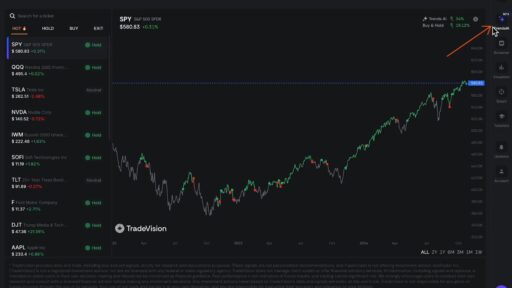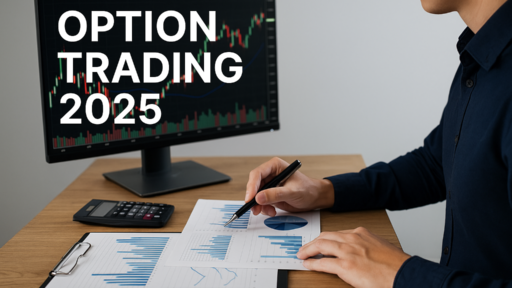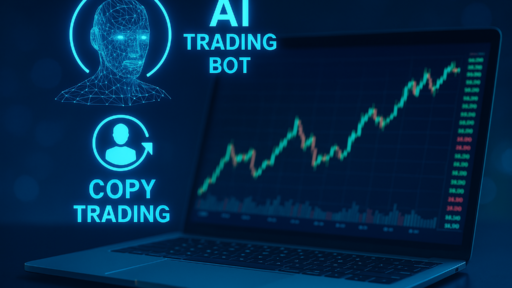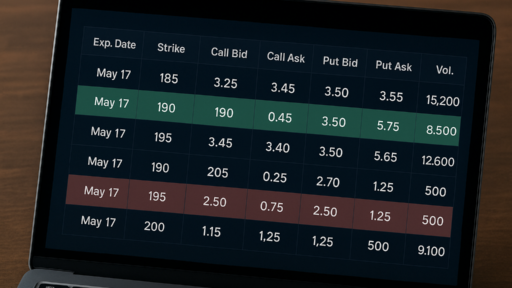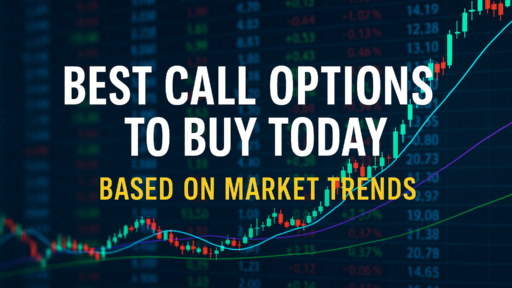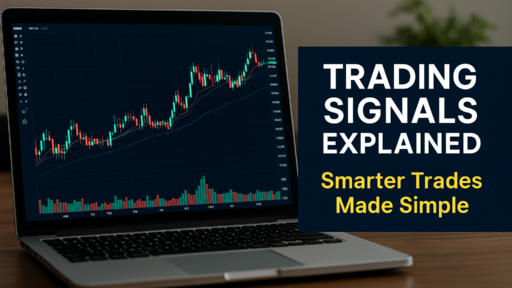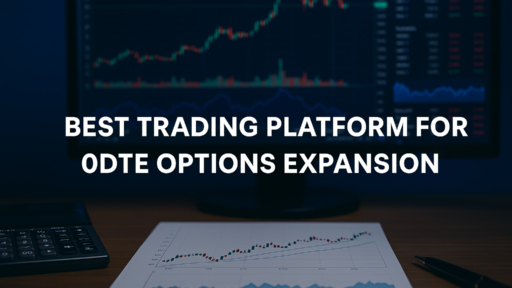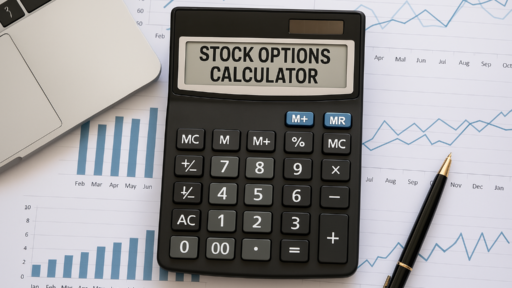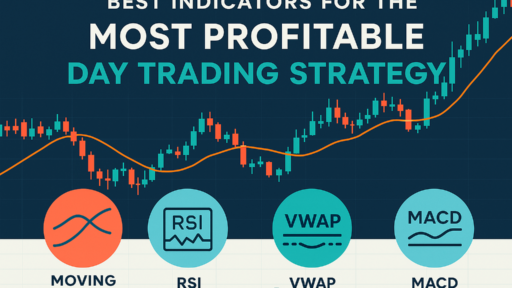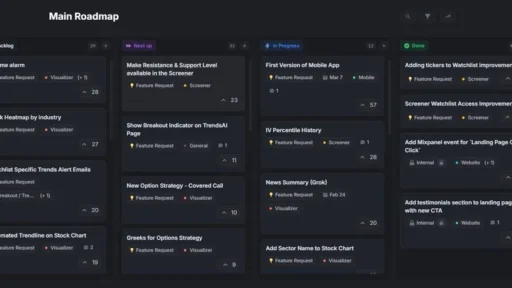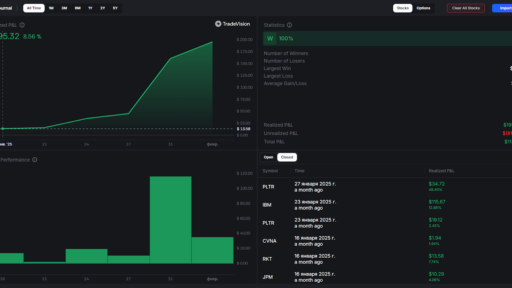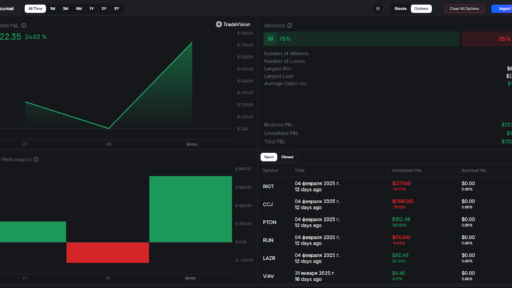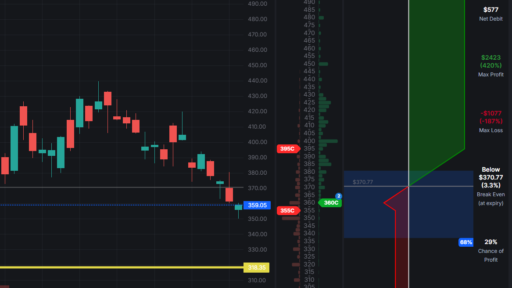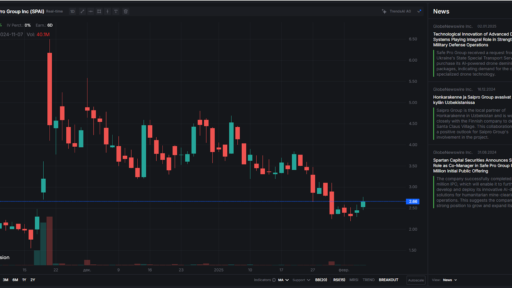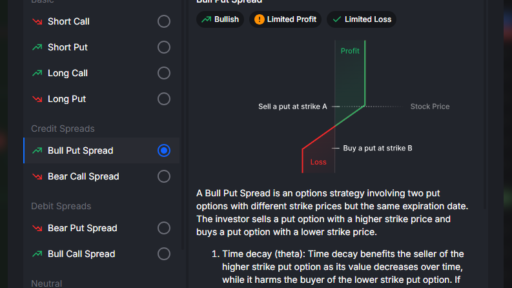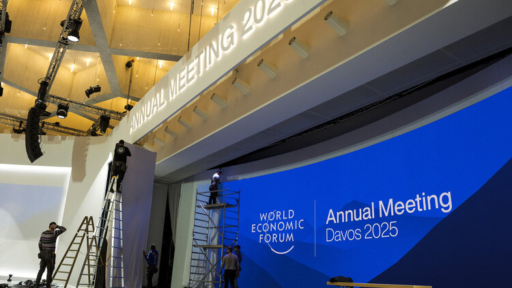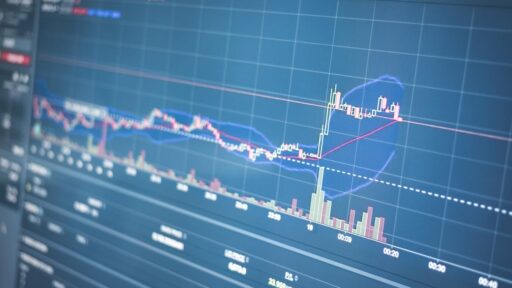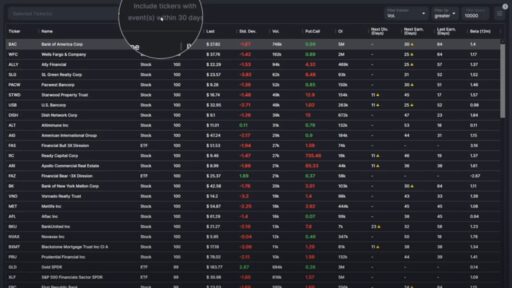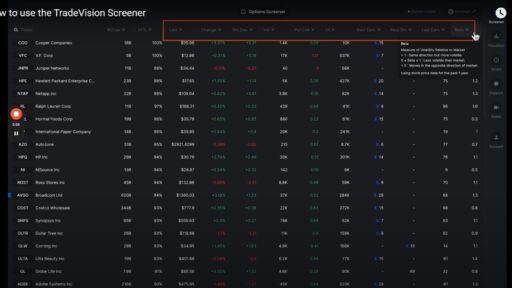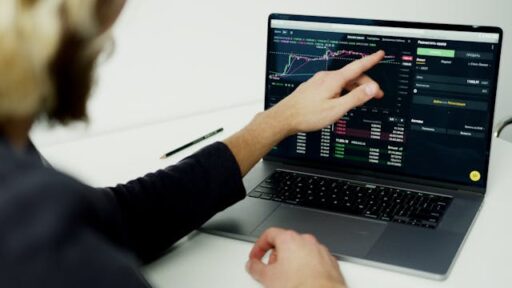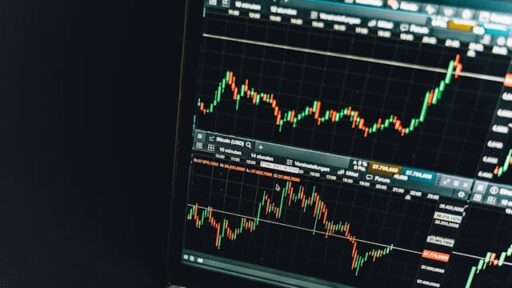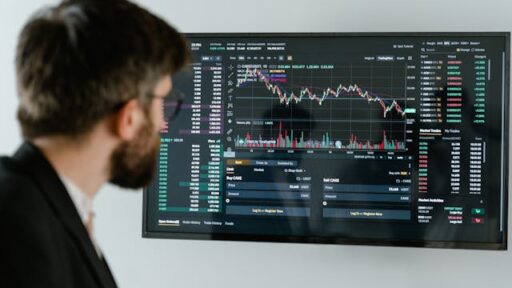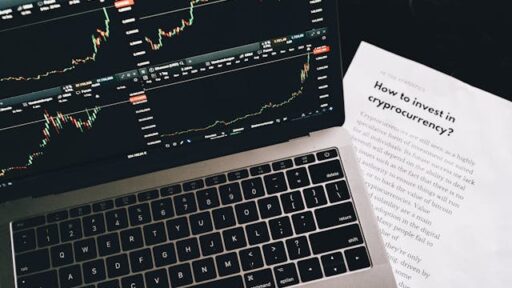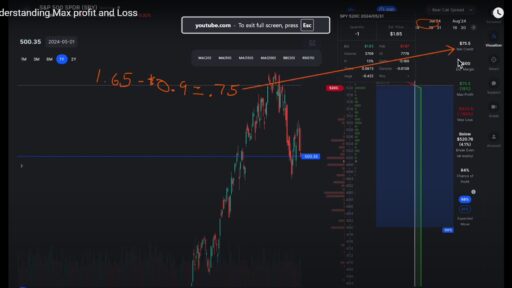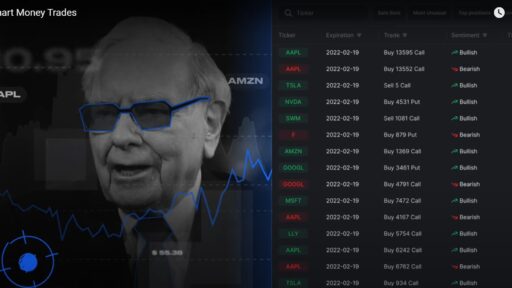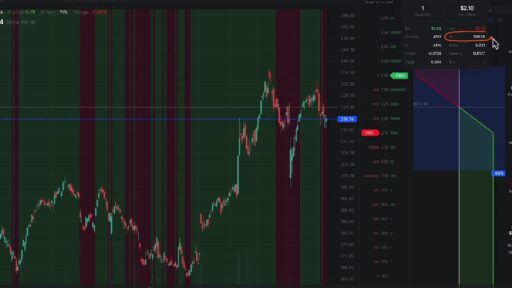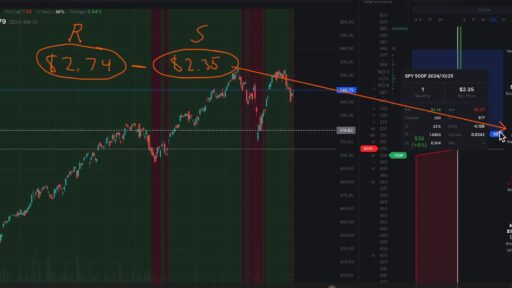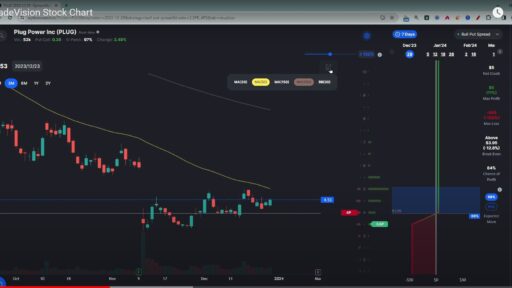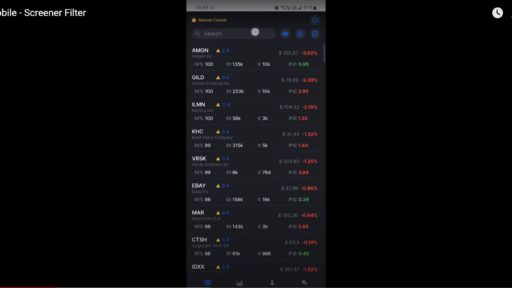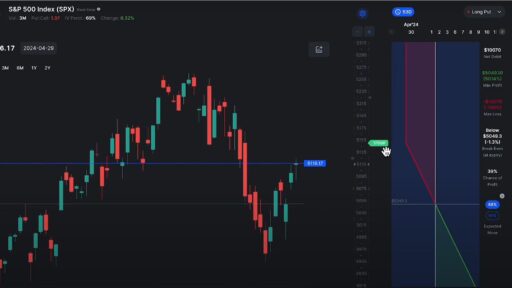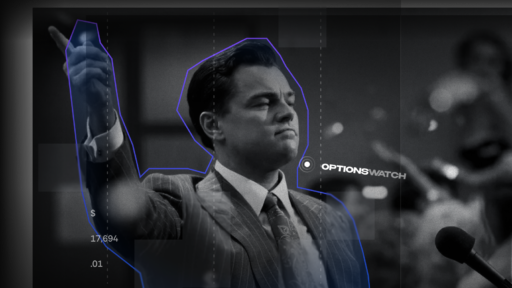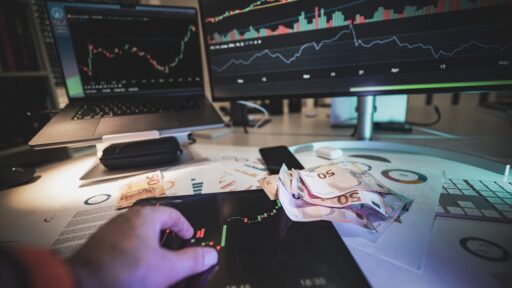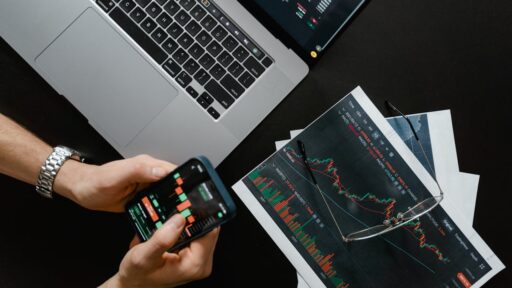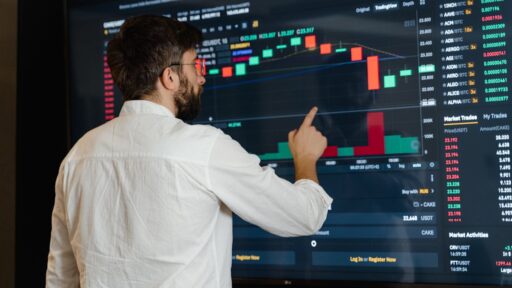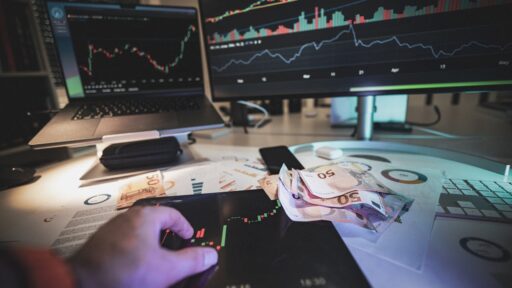A New Era for Global Trade Begins
The announcement of sweeping new tariffs by U.S. President Donald Trump has sent ripples through the world of global trade. Dubbed “Liberation Day,” this initiative includes a universal 10% tariff on all imports and even steeper penalties—up to 60% and beyond—for goods coming from countries like China. It’s a bold move that reflects shifting priorities in American economic policy, one that promises to reshape how goods flow across borders in 2025 and beyond.
But what does it really mean for the global economy, businesses, and everyday consumers? Let’s unpack what these tariffs represent, how they’re impacting global trade, and what smart businesses can do to navigate the turbulence—including how platforms like TradeVision are helping companies pivot in real-time.
“Liberation Day” Tariffs and the Shift in Global Trade Strategy
President Trump’s “Liberation Day” declaration is more than just a political maneuver—it marks a significant shift in global trade strategy. The new tariff policy imposes a baseline 10% tariff on virtually all foreign goods entering the U.S. This flat rate aims to encourage domestic manufacturing, reduce reliance on foreign suppliers, and reposition the U.S. as a self-reliant economic powerhouse.
Still, nations such China that have always been at the heart of U.S. trade dynamics, are facing targeted tariffs as high as 60%+. Alone, China has in fact been slapped with enormous 145 percent duty on some goods. More generally, these policies are meant to help drive American firms to rethink their overseas trade dependence and source chains.
Strategically speaking, the United States has revived its middle class. is trying to restore global trade balance in its direction. For logistics firms all over the world, on the other hand, this also presents fresh problems for importers, exporters, and logistics firms. Rising import costs, changing regulatory environments, and probably a retaliation from impacted countries need now be considered by companies.
This is where platforms like TradeVision shine. TradeVision leverages advanced analytics and real-time trade data to help businesses quickly adapt to changes in tariffs, shipping routes, and customs requirements. In an unpredictable climate, that level of agility is key.
The Ripple Effects of U.S. Tariffs on Global Trade and Business Operations
Tariffs at this scale don’t just alter international policy—they affect every layer of business operations. From procurement and logistics to pricing and customer satisfaction, the impact of the “Liberation Day” tariffs on global trade is being felt across the board.
1. Supply Chain Realignment: Many U.S. businesses are now racing to find alternative suppliers outside of high-tariff regions. Countries like Vietnam, India, and Mexico are emerging as key players in this new supply chain ecosystem. However, shifting suppliers takes time, carries risks, and often comes with new regulatory hurdles.
2. Price Inflation and Consumer Costs: Higher tariffs typically translate to increased costs for importers, which are then passed down to consumers. Economists are already forecasting inflation spikes in sectors heavily reliant on foreign goods—electronics, apparel, automotive parts, and more.
3. Retaliatory Tariffs and Trade Wars: Other countries are expected to respond in kind with their own tariffs on American exports. This could dampen U.S. export competitiveness, especially in sectors like agriculture and tech.
4. Strategic Uncertainty: Businesses thrive on predictability, and these sudden shifts in global trade policy introduce a level of uncertainty that makes long-term planning more difficult.
Again, having a tool like TradeVision becomes invaluable. Their AI-powered platform offers predictive modeling based on current tariffs and global trends, helping businesses simulate different trade scenarios and prepare accordingly.
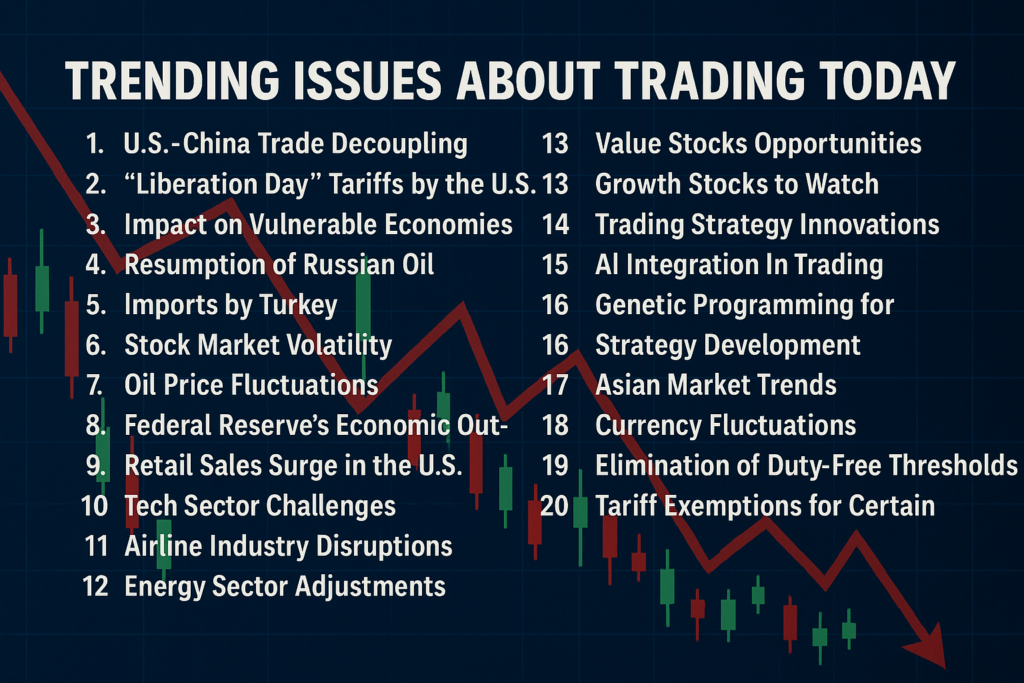
Adapting to the Future of Global Trade in a Tariff-Laden World
While the “Liberation Day” tariffs might seem disruptive, they also present opportunities for agile businesses. The future of global trade is being written right now, and those who can pivot quickly stand to gain the most.
1. Rethinking Supply Chains: Businesses that invest in supply chain resilience and diversification will be better equipped to handle future disruptions—whether from tariffs, pandemics, or geopolitical instability.
2. Investing in Trade Intelligence: Platforms like TradeVision allow businesses to stay ahead of the curve by monitoring trade policies, modeling tariff costs, and optimizing shipping routes in real time.
3. Emphasizing Local Manufacturing: Some companies are doubling down on domestic production to avoid tariffs altogether. This not only reduces exposure to international risk but also taps into the growing trend of “Made in America” consumer loyalty.
4. Exploring New Markets: As old trade corridors become less viable, new ones open up. Businesses should be on the lookout for emerging markets and trade partnerships that offer fewer restrictions and better margins.
TradeVision has quickly become a go-to solution for companies navigating these complexities. It offers actionable insights and customizable dashboards that help you stay nimble in a rapidly changing global trade landscape.
FAQs About “Liberation Day” Tariffs and Global Trade
Q1: What are the “Liberation Day” tariffs exactly?
A: They are a set of U.S. trade policies introduced by President Trump that place a flat 10% tariff on all imports, with higher tariffs (up to 145%) for specific countries like China.
Q2: Why are these tariffs being introduced?
A: The goal is to promote domestic manufacturing, reduce foreign dependency, and reposition the U.S. as a global economic leader.
Q3: How do these tariffs affect small businesses?
A: Small businesses may face higher import costs, especially if they rely on goods from high-tariff countries. However, tools like TradeVision can help identify alternative suppliers and optimize logistics.
Q4: Can these tariffs lead to a trade war?
A: Yes, there’s a strong possibility that affected countries will retaliate with tariffs of their own, which could escalate into broader trade disputes.
Q5: How can businesses prepare for these changes?
A: The key lies in flexibility—diversifying suppliers, investing in trade intelligence platforms like TradeVision, and staying informed on policy developments.
Conclusion: Global Trade Is Changing—Are You Ready?
Whether you see the “Liberation Day” tariffs as a bold move or a risky gamble, one thing is clear: the global trade landscape is shifting fast. For businesses of all sizes, adaptability will be the deciding factor between thriving and merely surviving. With the right tools and insights—like those offered by TradeVision—you can navigate the new normal of global trade with confidence.
If you’re not already reevaluating your supply chain strategy or investing in smarter trade tools, now’s the time. Because in a tariff-driven world, staying ahead means staying informed.


